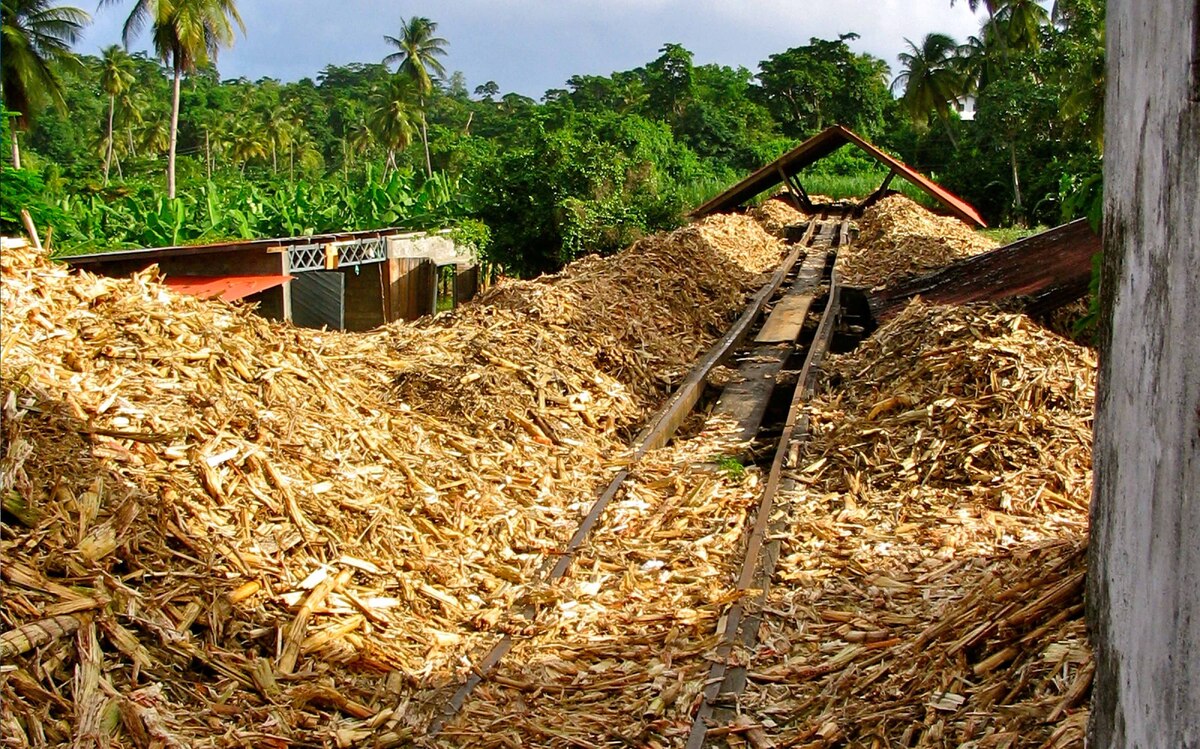Iranian Researchers Develop Absorbent from Sugarcane Bagasse for Wastewater Treatment

“Considering the problems the country faces, we tried to carry out a project with the aim of sustainable supply of water resources and wastewater management,” said Mohammad Ebrahim Maloul, Ph.D. student at Amirkabir University of Technology and manager of the project "Production of optimal absorbent from the combination of sludge and sugarcane bagass via thermal carbonization in a liquid environment to remove lead ion".
“In this research, two environmental wastes, sludge and sugarcane bagasse, have been transformed into a valuable product for water treatment by using the thermal carbonization method,” the researcher said, adding “In addition to providing a comprehensive and sustainable solution for waste water management, a valuable product (absorbent) has been produced that is widely used in water and wastewater treatment.”
Stating that the method is used in other countries to remove waste and to produce an absorbent, he added, “But using the combination of two biomasses and studying the optimal conditions has been done for the first time in the world in this research.”
As regards the advantages that their method has over its rivals, Maloul said that compared to other adsorbents, this method can be performed at a lower temperature and also does not need pre-processing of the raw material (drying). Therefore the adsorbent production costs is much lower. Also, cold chemical activation method has been used to operate the absorbent, which is more compatible with the environment.
Referring to the applications of the project, the AUT researcher said, “Removal and management of environmental waste and separation of a variety of contaminants in water and wastewater in different industries are other applications of this project.”
4155/i





















